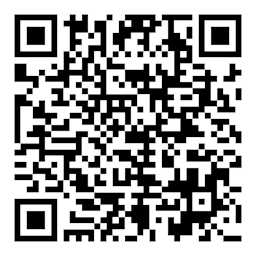Connecting the dots for better patient care
Remember the connect-the-dots pictures we all drew as kids? Depending on their complexity, you could drag your pencil from dot to dot and come up with anything from a simple five-point star to a complete cityscape of brownstones, storefronts and skyscrapers.
So, what do those dots have to do with you? As a leader in healthcare, you continue striving to connect the dots every day — only the “dots” are clinicians and patients, departments and facilities; the “lines” between dots are lines of communication; and the “picture” you hope to complete is one of top-quality, cost-effective healthcare.
The concept of “connected care” is important in today’s atmosphere of accountable care and mergers and acquisitions. While small practices still exist, it’s increasingly common to see five-hospital systems joining up with six-hospital systems; two and three-physician practices marrying into 20 and 30-physician practices. Additionally, all of these entities can merge into sprawling, multi-site organizations with disparate clinical systems.
No matter what care setting you’re in, connected care is all about getting the right data to the right place at the right time quickly, efficiently and accurately.
No matter what care setting you’re in, connected care is all about getting the right data to the right place at the right time quickly, efficiently and accurately.
Major challenges
Achieving truly connected care can sometimes be easier said than done.
For one, the workflows and processes that exist within many organizations may actually hamper the ability to capture, transform and manage data. There may be multiple, different electronic health records (EHRs) and personal health records systems in use, none of which can easily communicate with the others. As a result of this lack of interoperability, your staff is forced to continually print, scan, fax, pull and combine data from multiple applications and pieces of equipment. This leads to significant security and data governance risks.
Even systems that share data efficiently aren’t necessarily able to do it with the tight security and protections that HIPAA regulations demand of healthcare organizations.
Strategies to get connected
Fortunately, there are steps you can take to help your organization efficiently and securely capture, transform and manage data for top-quality patient care. Here are a few tips:
1. Measure, at least twice.
Accountable care fosters a culture of measuring, which helps you understand how effectively your organization is operating. Take inventory of your equipment and start drawing information from different electronic systems around your facility to give you the big picture with respect to the job you’re doing with available resources.
2. Put the right technology in place.
Whether “Meaningful Use” ultimately remains or goes away, having the right tools and technology is key to achieving connected care. You can fill in many of the gaps that occur between different EHRs, ordering, laboratory and radiology systems — and pull much of that information together into a single point of review.
3. Partner with experts.
To support these strategies, expert partners can be invaluable to your efforts. The right people understand the wide variety of systems in use, and can help you identify and implement the standards of security and privacy needed; and the right experts can even help you develop governance models where data access is not being governed appropriately.
Our solutions for connected care
Unlike the pictures we all drew as children, drawing a picture of connected care really is easier said than done. But it’s not impossible, and the right partner can make it easier to do.
About the Author
Michael Campana
Senior Manager of Healthcare Marketing, Ricoh USA, Inc.
Articles by Michael Campana
Patient experience: Why data management matters
How to improve patient experiences through the use of data management and technology
Recommended for you
How security is enabling business transformation
Discover 5 reasons how a security transformation can help prioritize, protect, and promote growth for an organization.
How retail thrives as a hybrid workplace
For the retail industry, successful digital transformation requires scalable, safe, and secured enterprise-level solutions that simplify complexity.
Empowering employees with meeting space solutions
Today's hybrid retail and manufacturing workforce need integrated and secured meeting space solutions designed to enhance virtual collaboration.
